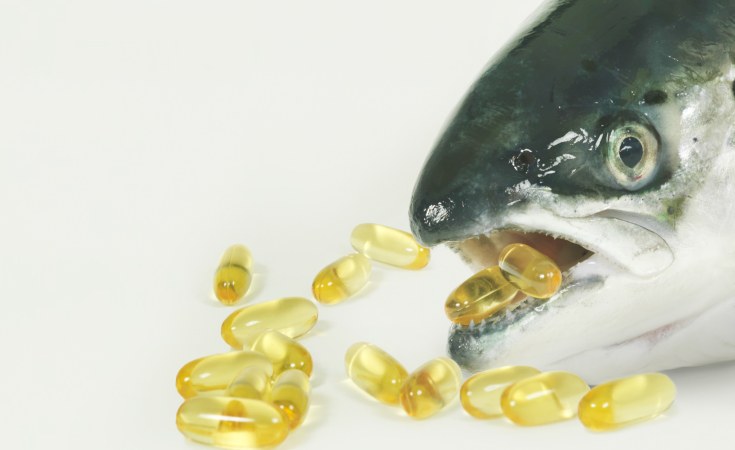It’s not often that you hear about the virtues of carbon dioxide. CO2 is a gas whose surfeit has turned it into one of the main contributors to global warming. But this October, on the windswept west coast of Norway, one refinery will use some of that CO2 to feed fish.
How does a greenhouse gas turn into something that fish can eat? Through algae.
Scientists at the Technology Centre Mongstad—the world’s largest facility for testing and improving CO2 capture—are trying to use excess CO2 to grow a few key strains of the tiny green organism, which also happens to be a rich source of omega-3, a vital ingredient for feeding farmed fish.
Carbon capture typically involves trapping CO2 underground after it is released from gas and coal-fired plants to stop it from escaping into the atmosphere and warming up the planet. The idea has been around for years, but now scientists are trying to put that CO2 to some use, a bit like turning your leftover food into compost for a thriving garden, instead of throwing it in the garbage.
Experts predict the world’s food production will have to rise 70 percent by 2050 to keep up with a growing population. Fish farming is a great way to grow more protein, but the practice requires omega-3 to feed and produce healthy fish, and omega-3 typically comes from fish oil and by capturing krill. That puts pressure on the marine food chain and is ultimately unsustainable. Scientists hope this new method of recycling CO2 will lead to another, large-scale way of mining the crucial, fatty oil.
The process of growing micro-algae with captured CO2 is essentially photosynthesis on steroids. “The CO2 goes into a tank with seawater and algae mass, and it’s mixed with a bioreactor system,” explains Svein M. Nordvik of CO2Bio, the company set up to run the public- and privately-funded algae-production project in Norway. “There’s a little bit of light and after 10 days, approximately, we have a biomass which we can use for [fish] food.”
Nordvik has been working on this project for six years together with scientists at the University of Bergen located nearby. They have been testing the most promising strains of algae at their lab. “There are 1,000 types of algae, and there are only a few producing omega-3,” he says.
Capturing carbon and using it for things like fish farming might sound like an ideal way to tackle climate change, and the practice is still in its infancy. Scientist from GE Global Research in Niskayuna, New York, are competing to take one their own carbon-capture designs to Mongstad soon. The lab’s chemists Phil DiPietro and Bob Perry have been experimenting with a family of materials called amino silicones, commonly found in bathrooms and laundry rooms in hair conditioners and textile softeners. “Although they are in the same family, I wouldn’t recommend washing your hair or your laundry with the amino silicones we’ve developed,” Perry told GE Reports. “They’re specially formulated to scrub carbon.”
GE Power also just joined the MIT Energy Initiative (MITEI), the school’s hub for energy research, education and outreach. MITEI, pronounced “mighty,” runs eight low-carbon energy centers. Among other things, the centers are “trying to understand the cleanest ways and the cheapest ways to capture carbon dioxide from power plants,” says Robert Armstrong, the MITEI director.
Algae isn’t the only way CO2 can be used for the better. In Norway’s Mongstad Center, scientists are also looking at ways of using carbon dioxide to enhance the production of fertilizers and other chemical production.


